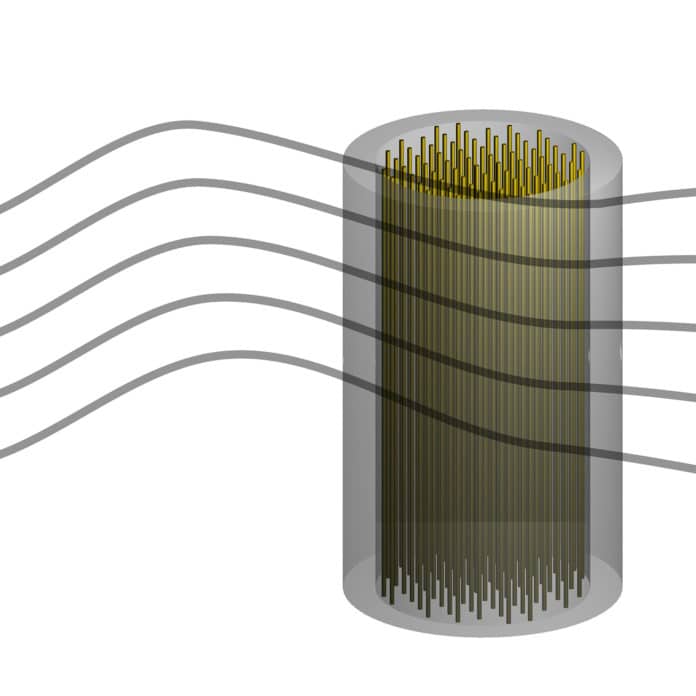Approximately 85 percent of the mass known to the universe is missing. Known as dark matter, this stuff is invisible however makes itself known through very weak interactions with regular matter, and physicists have been chasing for it for quite a long time. Theoretical particles called axions are a long-standing candidate for dark matter.
The axion is probably the best explanation for dark matter, however, it has only recently been the focus of large scale experimental effort. Presently, there is a rush to come up with new ideas to discover the axion in all the areas where it could be hiding.
Now, physicists at Stockholm University and the Max Planck Institute for Physics have turned to plasmas in a proposal that could revolutionize the search for the elusive dark matter.
Dr. Alexander Millar at the Department of Physics, Stockholm University, and author of the study said, “Finding the axion is a bit like tuning a radio: You have to tune your antenna until you pick up the right frequency. Rather than music, experimentalists would be rewarded with ‘hearing’ the dark matter that the Earth is traveling through. Despite being well-motivated, axions have been experimentally neglected during the three decades since they were named by coauthor Frank Wilczek.”
The key insight of the study is that inside a magnetic field, axions would generate a small electric field that could be used to drive oscillations in the plasma.
In a plasma, charged particles such as electrons can flow freely as a fluid. These oscillations amplify the signal, leading to a better “axion radio.” Unlike traditional experiments based on resonant cavities, there is almost no limit on how large these plasmas can be, thus providing a larger signal. The difference is somewhat like the difference between a walkie talkie and a radio broadcast tower.
Dr. Matthew Lawson, Postdoctor at the Department of Physics, Stockholm University said, “Without the cold plasma, axions cannot efficiently convert into light. The plasma plays a dual role, both creating an environment which allows for efficient conversion, and providing a resonant plasmon to collect the energy of the converted dark matter.”
“This is totally a new way to look for dark matter, and will help us search for one of the strongest dark matter candidates in areas that are just completely unexplored. Building a tuneable plasma would allow us to make much larger experiments than traditional techniques, giving much stronger signals at high frequencies.”
For tuning this axion radio, scientists used a wire metamaterial, a system of wires thinner than hair that can be moved to change the characteristic frequency of the plasma. Within a large and powerful magnet like those used in magnetic resonance imaging machines in hospitals, a wire metamaterial turns into a very sensitive axion radio.
In collaboration with the an experimental group at Berkeley, scientists are conducting research on the concept with the intent of building such an experiment in the near future.
Alexander Millar said, “Plasma haloscopes are one of the few ideas to search for axions in this parameter space. The fact that the experimental community has latched onto this idea so quickly is very exciting and promising for building a full scale experiment.”
